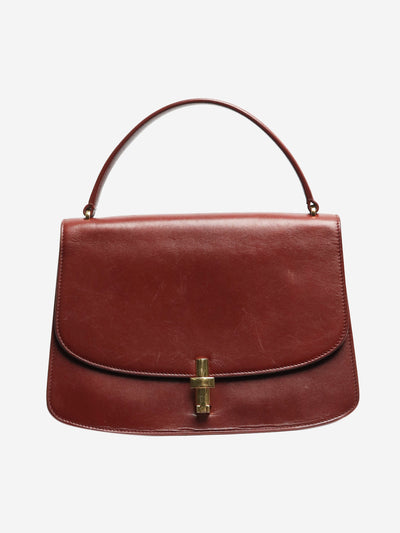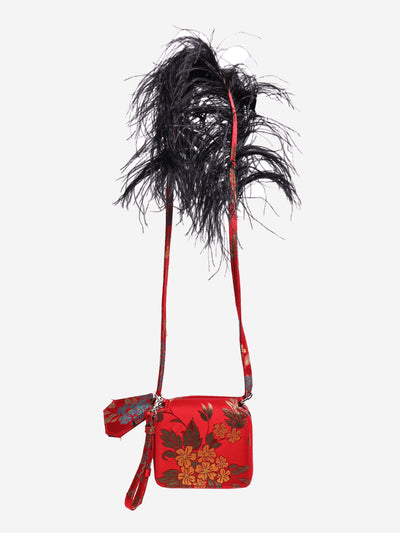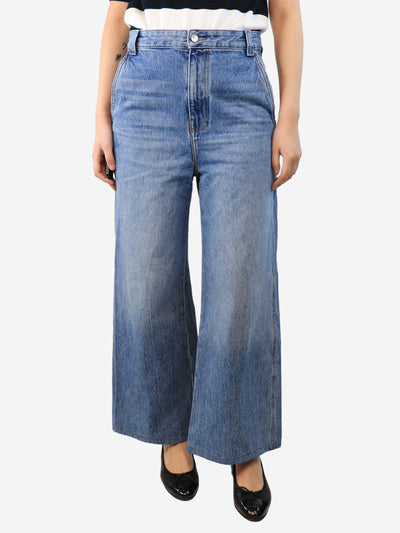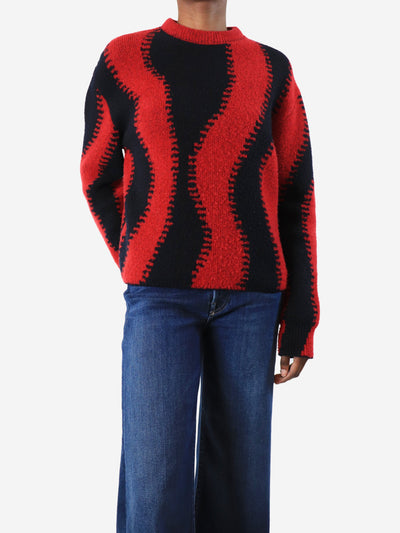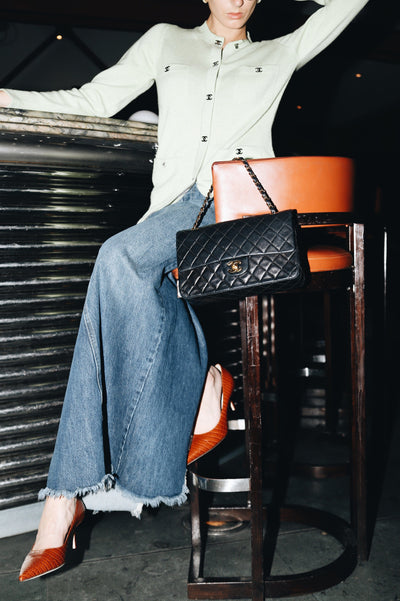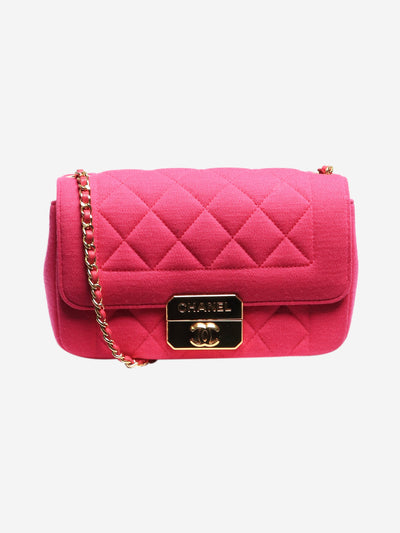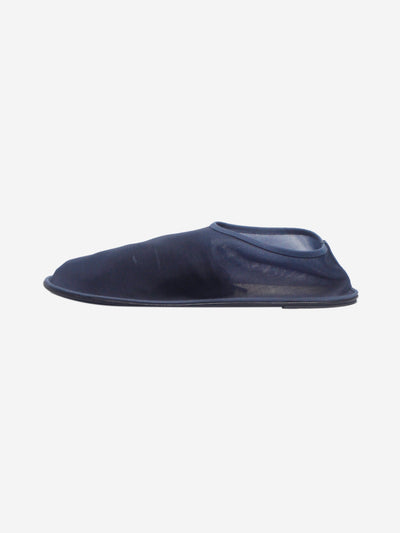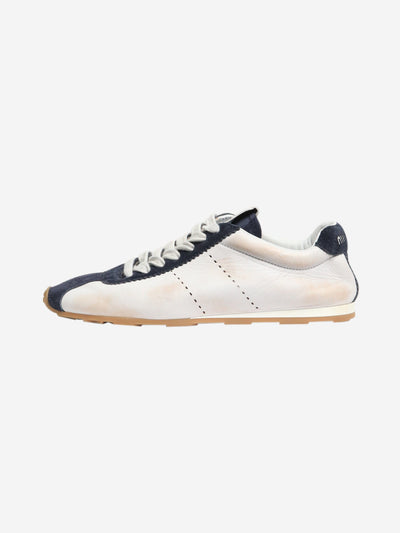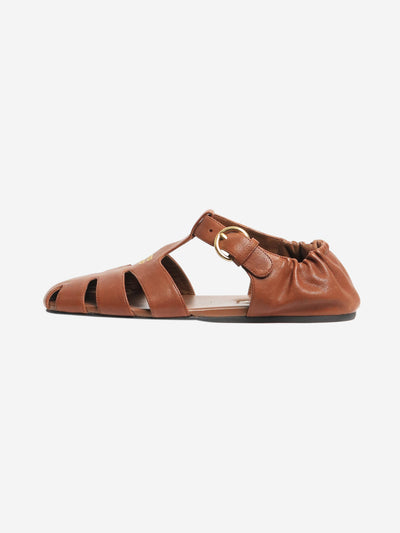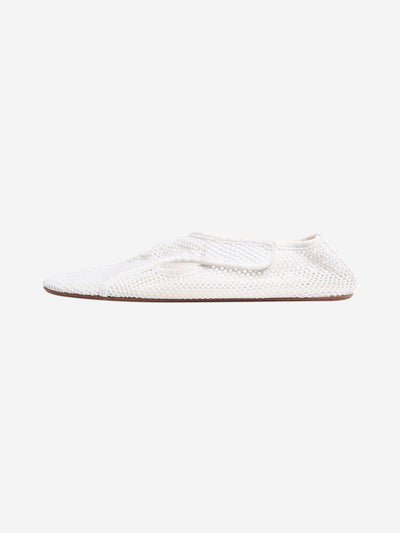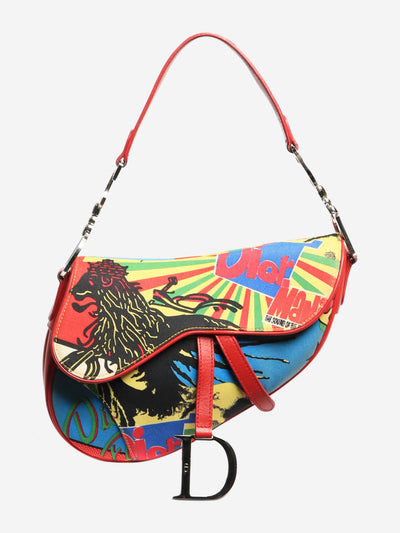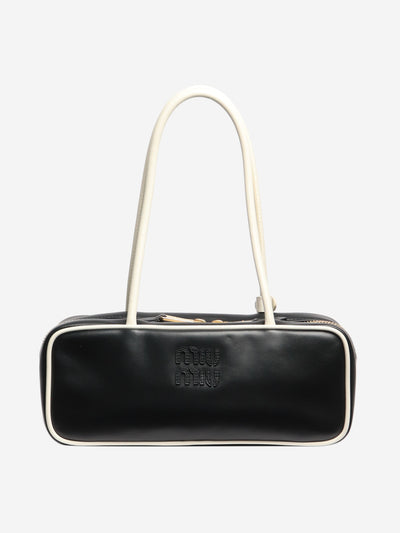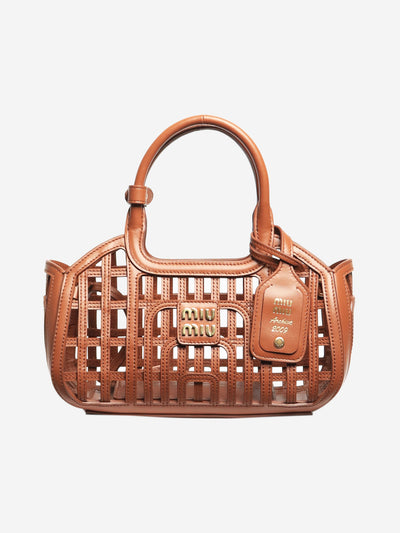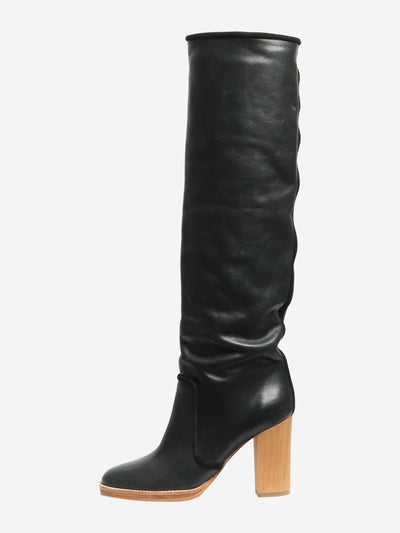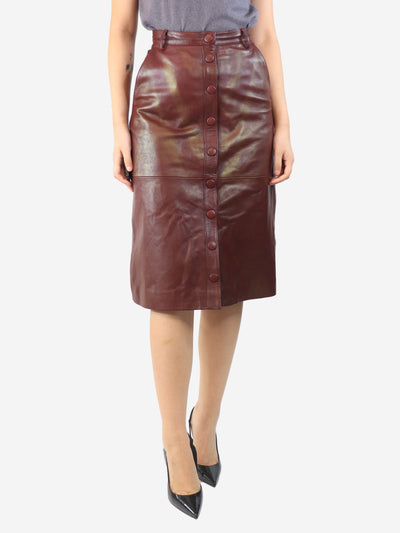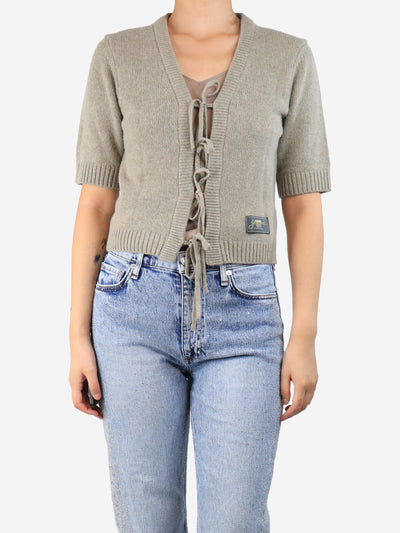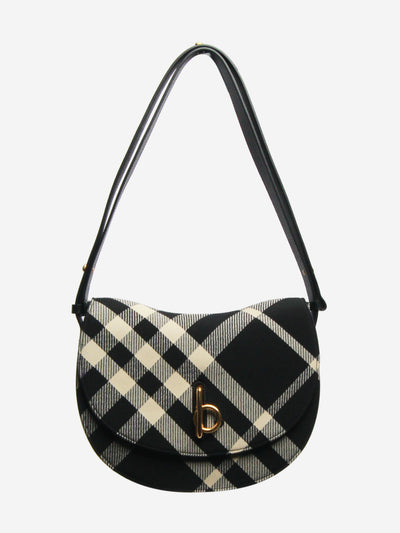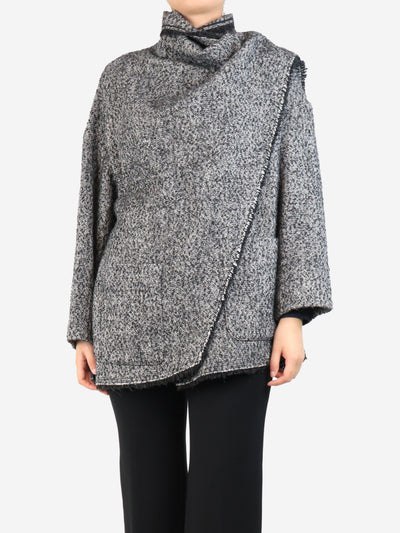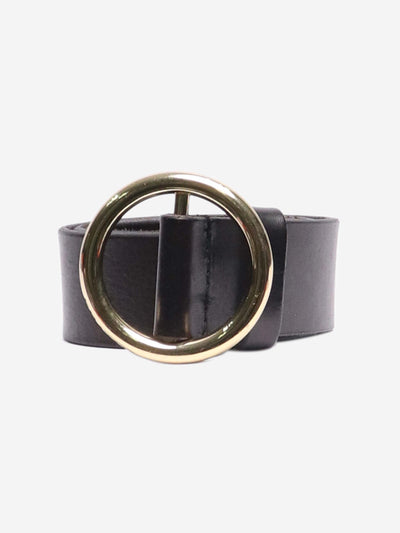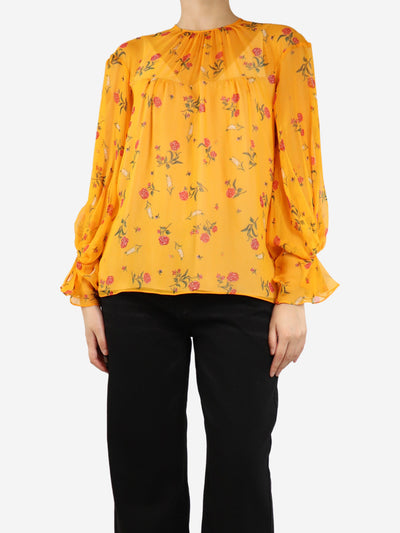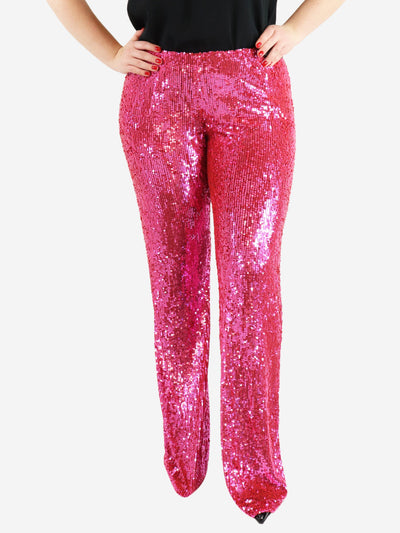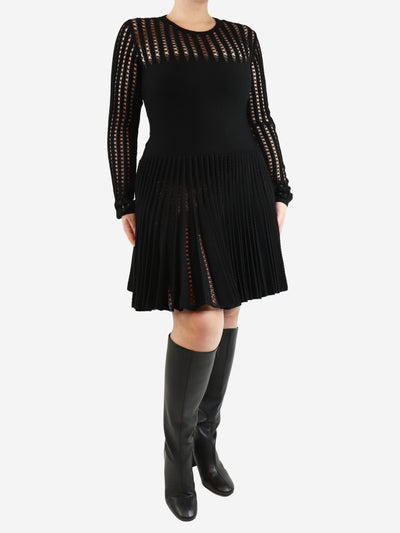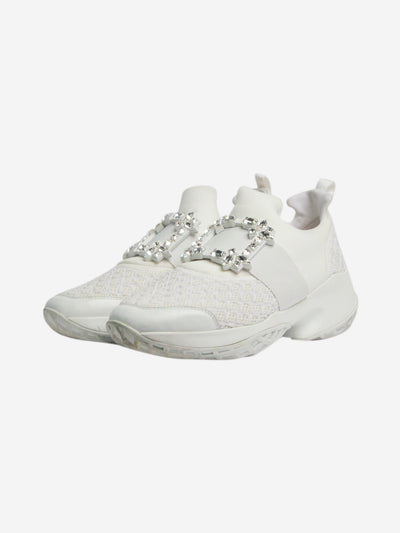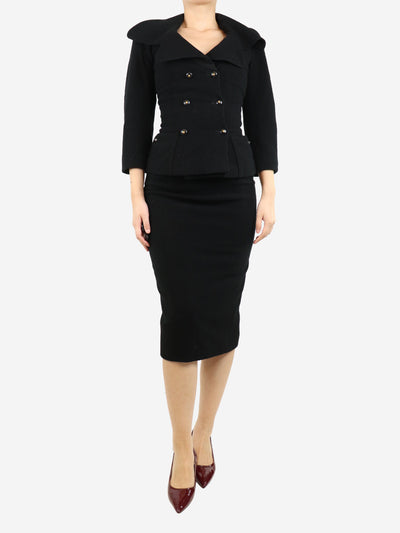What does COP-26 mean for the fashion industry?
Posted on
With the world’s most important climate gathering, the UN Climate Conference, in Glasgow this month, industry leaders are expected to increase ambitions for fashion’s role in tackling climate change. All industries are being called in order to declare their plans to cut emissions and increase their sustainability efforts. Spectators are now pushing for more specificity than in the past, from public and private sectors.
The Fashion world is now demanded to go beyond the general carbon neutrality commitments, in particular after a recent analysis from stand.earth which has published that no major brand evaluated was anywhere near the scientists’ declared goal of a 1.5°C pathway. The report is the latest sign of the growing pressure facing fashion to demonstrate a readiness to move beyond the easiest sustainability steps, such as reducing energy use in stores, and take on the harder, but much more crucial steps of major supply chain reform.
The biggest factor contributing to the fashion industry’s environmental footprint occurs in the supply chain, from the production of raw materials to the manufacturing of the garments. The choice of materials itself plays a really big role on the emission level. Reducing supply chain emissions requires brands to acknowledge their suppliers and reduce the footprint of their facilities, by actively investing into renewable energy and improved equipment for the treatment of wastewater. But at Sign of the Times the focus is not exactly on this type of sustainability, but on the positive effects of circular economy. With circular fashion, products should last in the ecosystem for as long as possible with no significant waste. The fashion products should be made with minimal and environmental-friendly resources and should be reused or recycled into a new product so that it keeps flowing through the wheel.
Companies can tackle the issue by using recycled materials, sustainable fibres, reducing the amount of collections they release in order to consume less. But they can also focus on increasing the volume of used garments and footwear to be collected and resold.
With the global population set to reach nine billion people by 2030, nature will struggle to meet human demands like never before. The goal of circular fashion is to ensure that clothes are made from safe and renewable materials, new business models increase their use, and old clothes are turned into new. We want to evolve the apparel industry to a future where every material is used and reused safely, where ecosystems are protected and where people are provided with dignified work. This is the philosophy of circular fashion, and the why it is critically important.
Written by
Sign of the Times
Published at
-
-
- Choosing a selection results in a full page refresh.
- Press the space key then arrow keys to make a selection.
